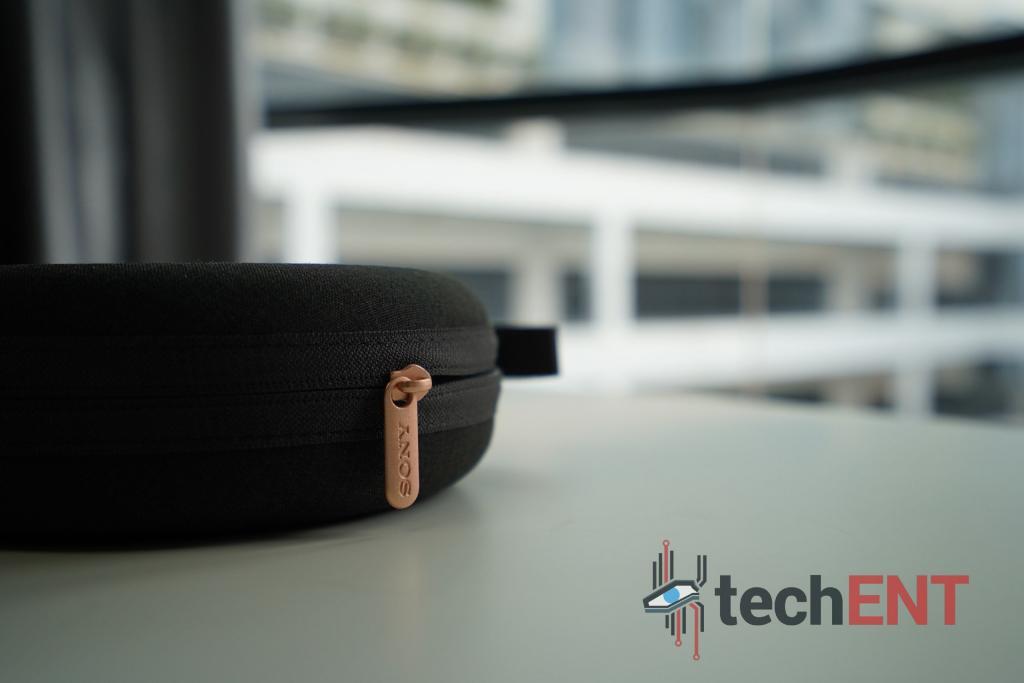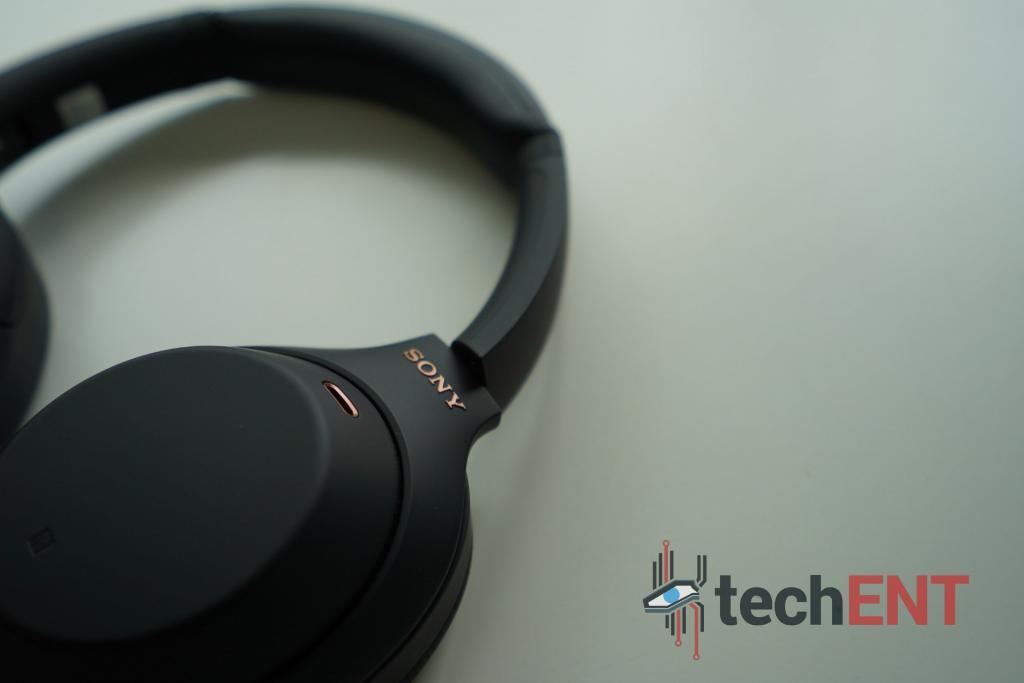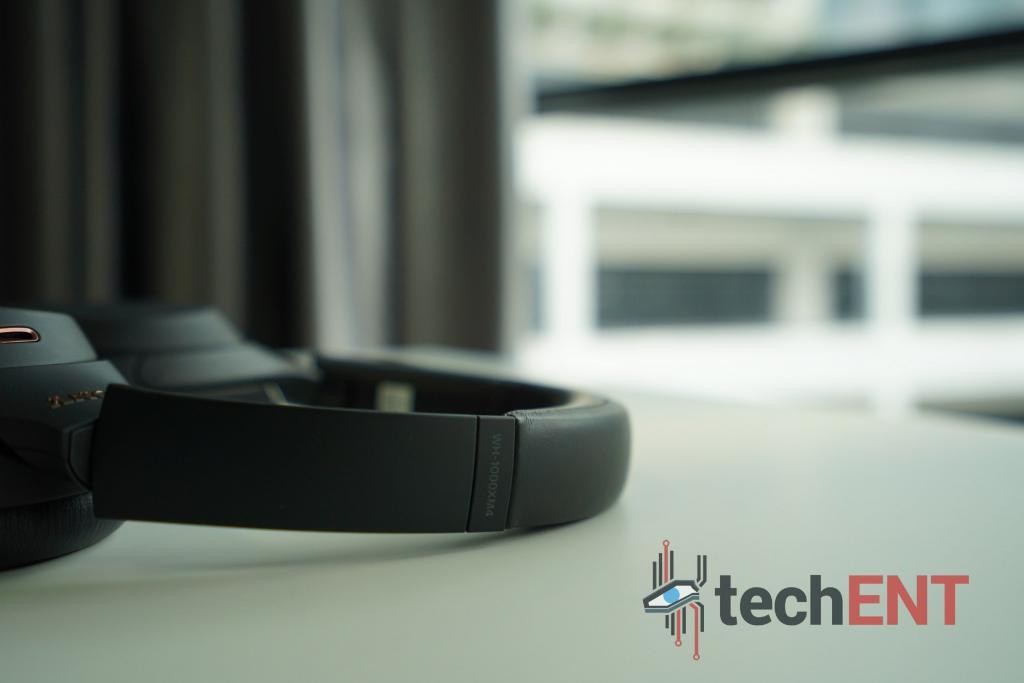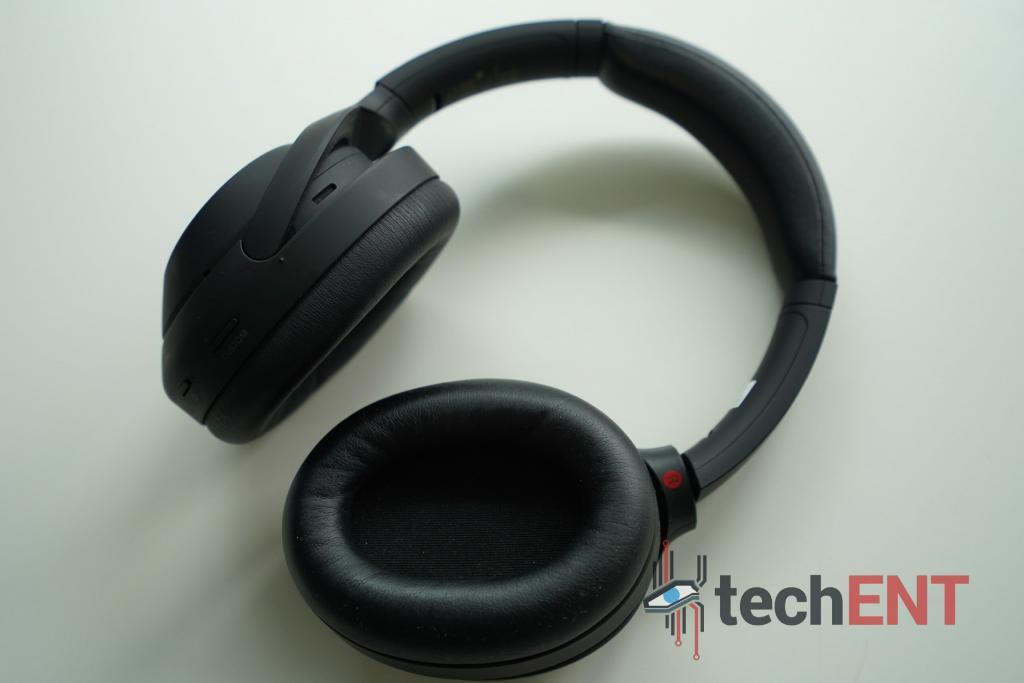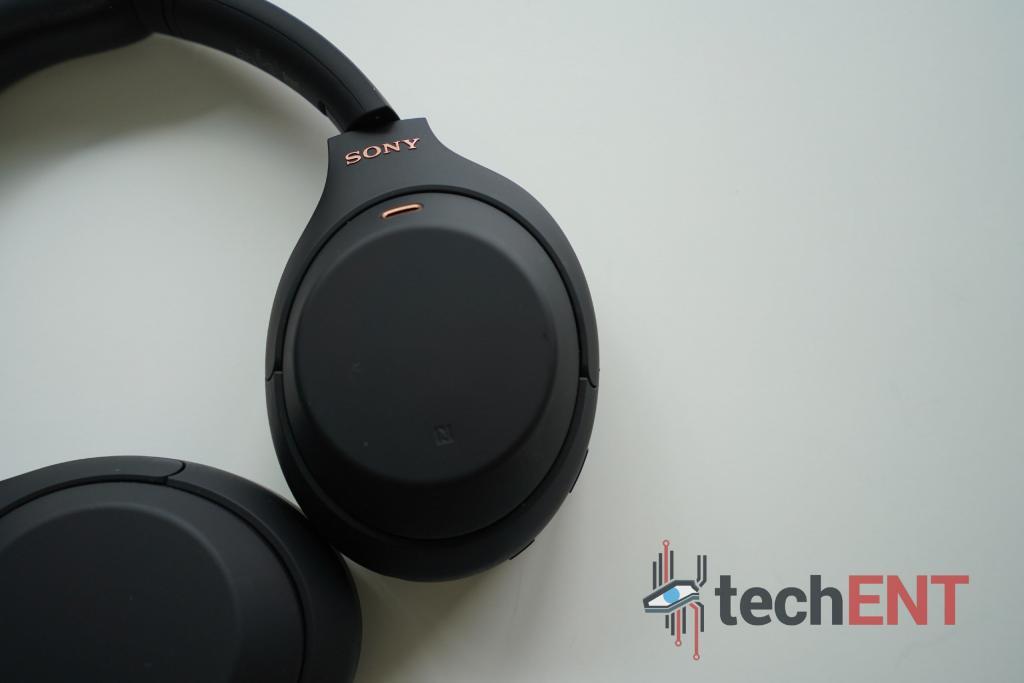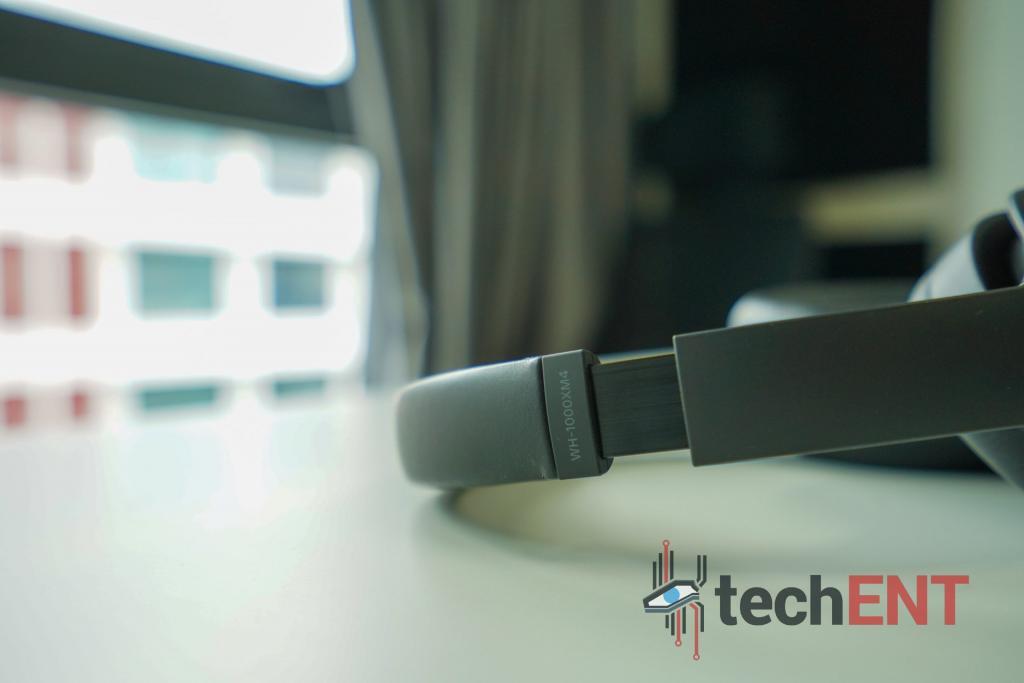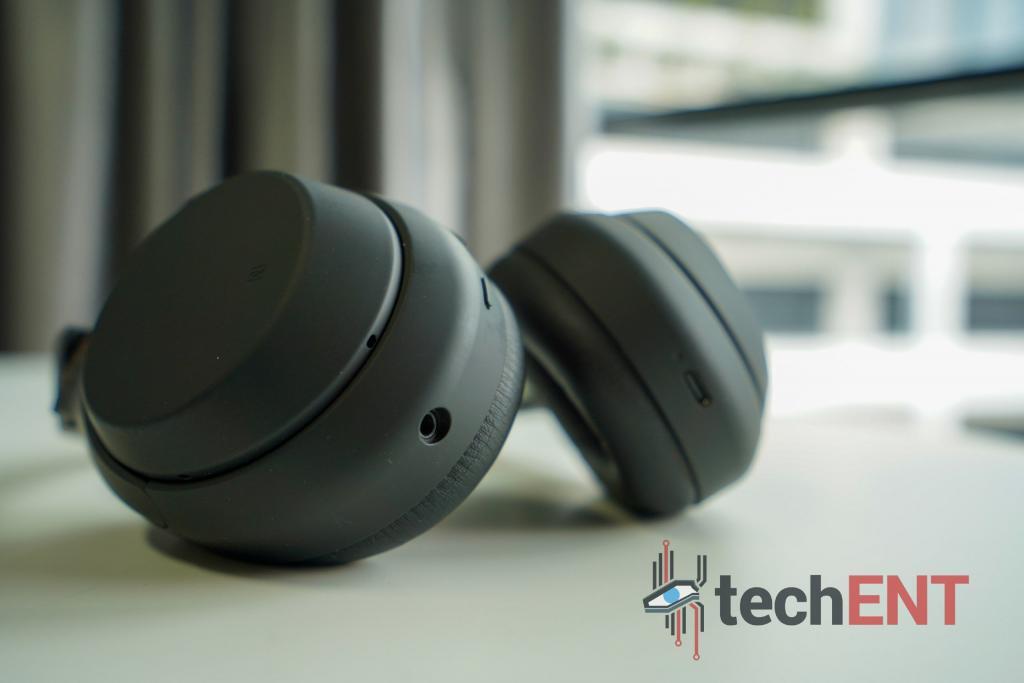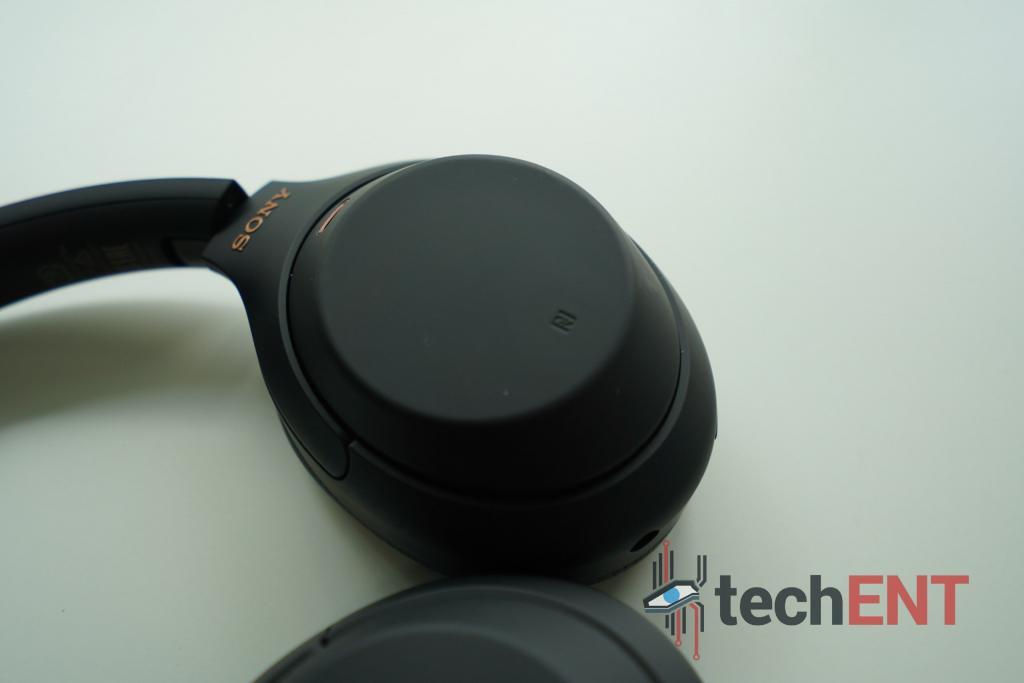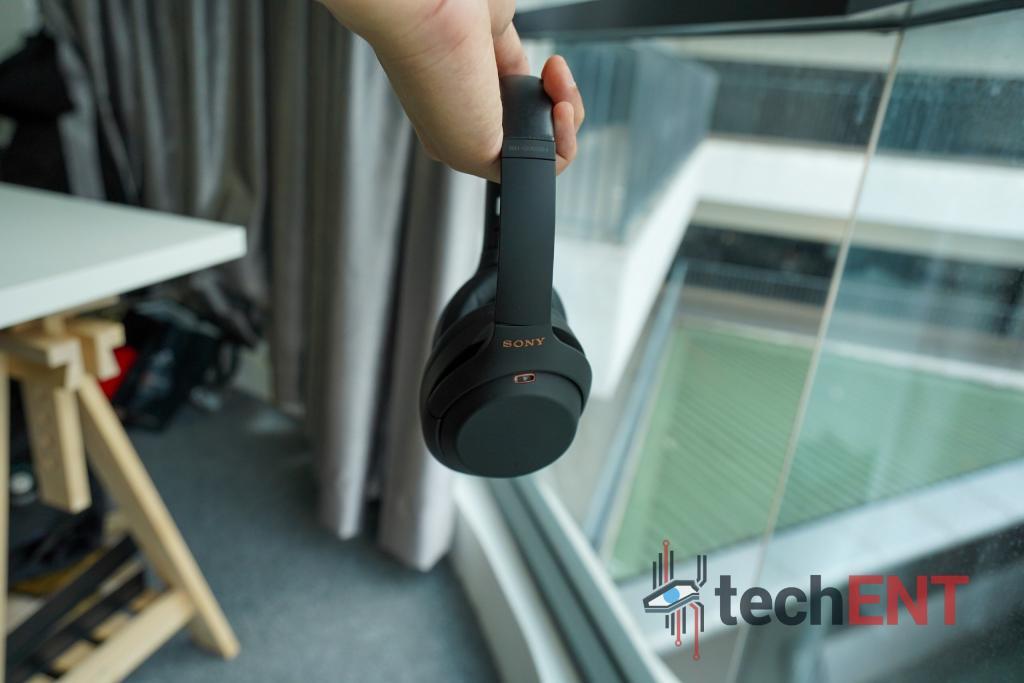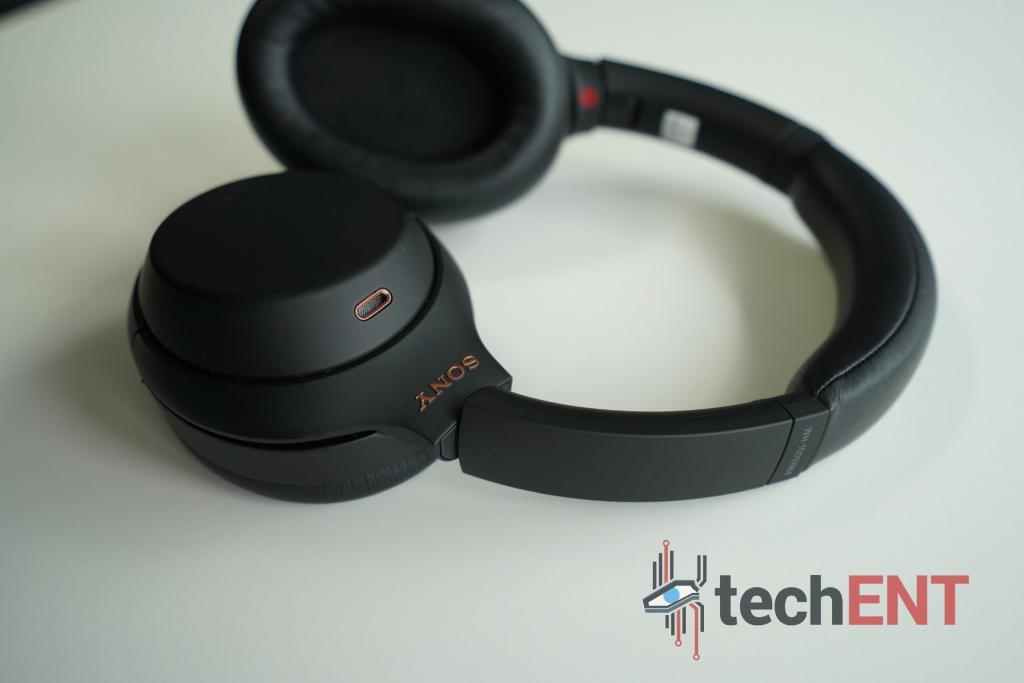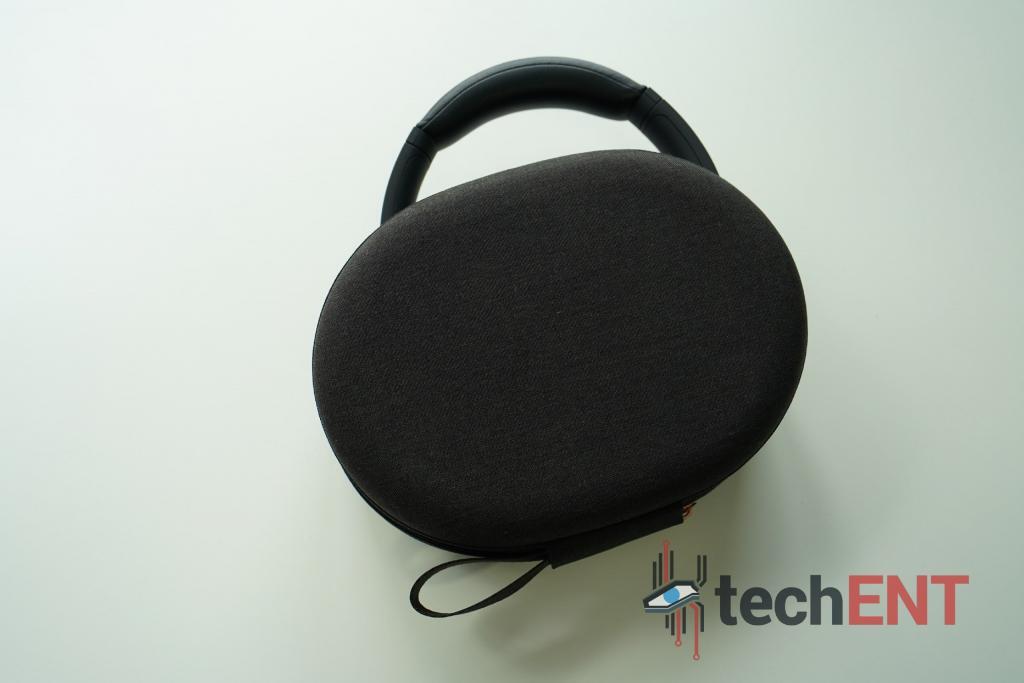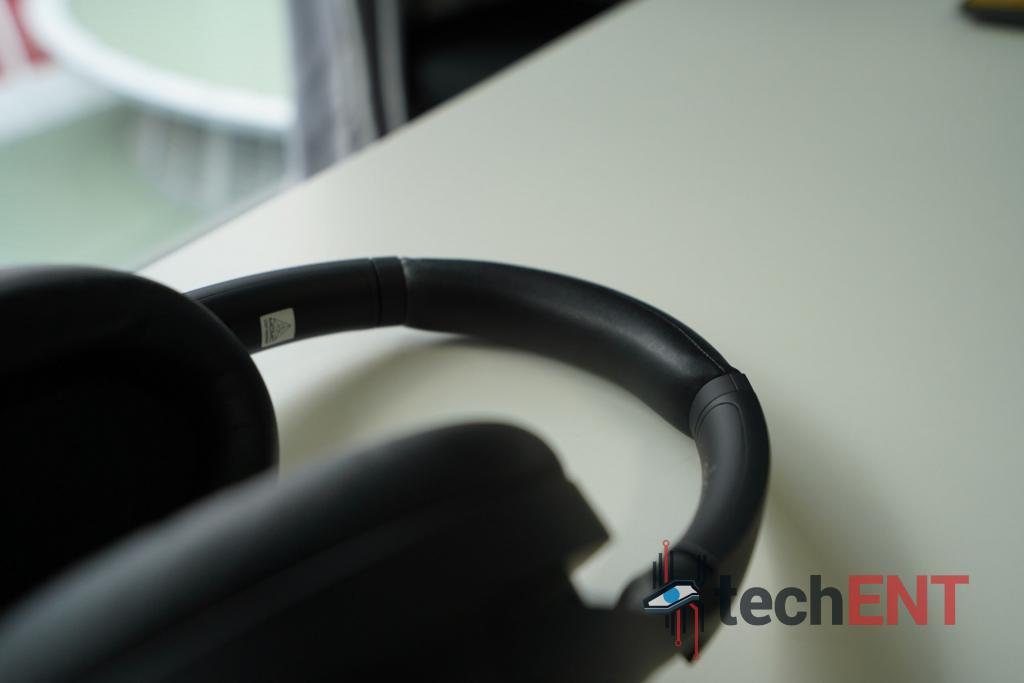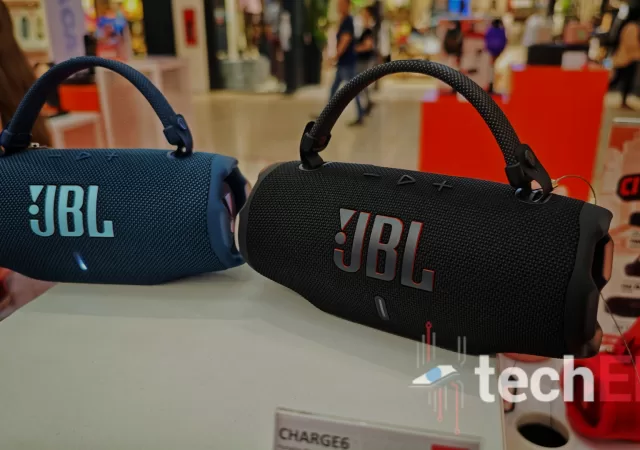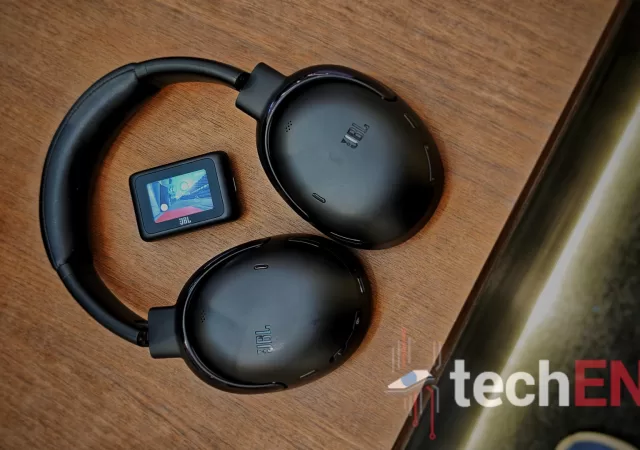We loved the WF-1000XM3, this is no secret. I personally own a WF-1000XM3. We actually went out to pre-order one to get it before they officially launched them in Malaysia. It is that good.
But there is something better than an in-ear headphone though. That is an over-ear headphone like the WH-1000XM3. There is a reason why we settled for the WF-1000XM3 though. Its performance is close enough to the WH-1000XM3 and is fractionally cheaper, and it is a lot more portable.
We still love the WH-1000XM3 very much though. It is one of the best active noise cancelling headphone in the industry at its time and still holds its own to this day. If you are looking for a noise cancelling headphone at a budget at this time, the WH-1000XM3 is still a very good choice. The problem is, the new Sony WH-1000XM4 is not that much more expensive in price.
The WH-1000XM4 is still a premium product at MYR 1,599. The question here is not whether it is better than the WH-1000XM3 or not though. The question here should be, should you change from the WH-1000XM3 to this one? Or should you get this one over the discounted Mark III? We find out.
Design
It looks exactly the same as the WH-1000XM3, and that is it. Really, they look the same. They come with the same shaped hardcase too, with a slight difference in material choices over the case. Put the two side by side and they look nearly indistinguishable other than the WH-1000XM3 and WH-1000XM4 label on the head band.
So that is that, right? Not really
The padding on the Sony WH-1000XM4 is of newer materials that is supposed to be more breathable and more comfortable than the WH-1000XM3. This is not to say that the Sony WH-1000XM3 was not a comfortable headphone to work with in any way though. The newer materials ensures that the WH-1000XM4’s earcups are slightly more breathable apparently.
In Malaysia, you are still going to sweat your ears out wearing the headphones out in the open. It will still be warm no matter how you put it, but that is not the fault of the headphone itself. We suspect also that the extra breathability has something to do with the more comfortable clamping force on the headband.
There is another subtle change within one of the earcups too. Specifically, on the left earcup there is now what seems to be a cut out for some sort of a sensor. The sensor is an optical sensor to tell the headphone whether or it is being worn.
Features

The Sony WH-1000XM4 inherits most of its great features from the Sony WH-1000XM3. That is kind of expected. What we did not expect is how much Sony added on the WH-1000XM4 to make it a class of its own.
Talk-to-Chat Transparent Mode
The new Sony WH-1000XM4 is a rather clever piece of kit to bring with you wherever you go. You technically do not have to take it off your ear ever (until the battery drains and you have to charge, of course). It turns on ambient noise mode the moment you want to start a conversation with anyone.

We tried the function in the office to have conversations with everyone else in the office. It only detects speech from you before it turns to transparent mode automatically. Which also means that your friends still need to tap on your shoulders to get your attention and you have to start talking first before the feature itself is turned on.
We do find it nifty in certain situations, and a little jarring in a lot of situations. There are times that we had to say “what?” twice before you can get the headphone to turn transparent mode on. You can still cover the right cup of the headphone to turn on ambient mode temporarily too, which might work better in our opinions.
Transparency mode on the Sony WH-1000XM4 may not be the most natural experience you have on your surroundings too. You can sort of hear your friends when you talk to them in transparent mode, but there are times where you tend to hear more environmental noise and buzz than the people you want to have conversations with. At least the delivery of ambient noise is accurate enough you know where everything is coming from.
Noise Cancelling Made Even better

The WH-1000XM4 packs the same type of audio signal processor from its predecessor. It is the very powerful Sony QN1 processor. This is also the reason why the Sony headphone is not aptX or aptX HD certified. Then again, it is not a Qualcomm processor the headphone packs.
The QN1 on the WH-1000XM4 is programmed differently compared to the QN1 in the older headphone and the WF-1000XM3 though. It is technically more powerful as it now does more complex and robust calculations for noise cancelling. That also means that the noise cancelling in the new WH-1000XM4 is technically better than the WH-1000XM3.
To put it in words, you might hear the headphone feeding you anti-noise at times, when there is no other audio playing through the headphone. When the music comes alive, most of the world is tuned out and quiet. There are still some situations that you can hear the rest of the world, especially when loud noises are involved, but no active noise cancelling technology can remove noise or sounds completely.
Using the active noise cancelling feature on the WH-1000XM4 for an extended period of time is a very comfortable affair. You do not feel like your head is stuck in a vacuum chamber or feel like your eardrums are being sucked dry by the headphone. What we mean to say is that you will not get a headache or discomfort.
DSEE Extreme
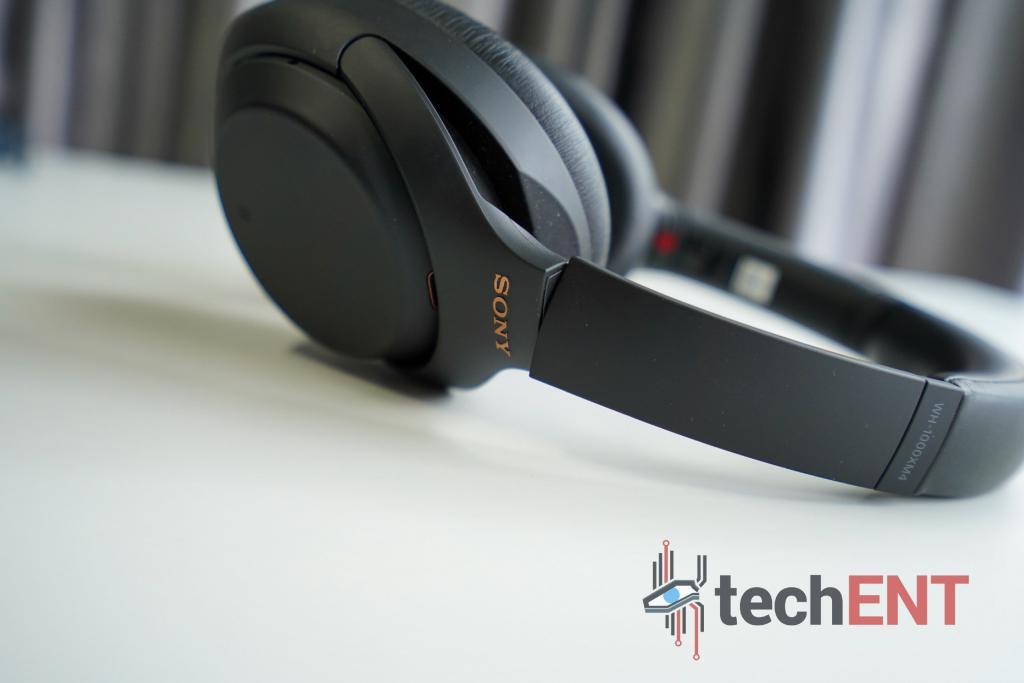
But the QN1 does more than just clever noise cancelling. It upscales audio now with Sony’s proprietary DSEE Extreme, an even more powerful version of Sony’s DSEE HX from the WH-1000XM3. What it does is it upscales audio and delivers them more cleanly via Bluetooth. The technology fills gaps in an audio and delivers it to the listener for a better listening experience.
Again, the differences are very marginal to a regular listener. To us at least, the differences between audio delivery between the new headphone and older headphone is hardly noticeable and very easy to miss if you do not pay attention. The differences lie in some of the higher-end frequencies and a slightly fuller low-frequency notes.
In theory then, even Spotify should sound a little more amazing and impressive with DSEE Extreme. It does though, it does work. It does make Spotify sound less Spotify and a little more Tidal. To put it into perspective, Spotify can be likened to compressed MP3 audio format and Tidal delivers up to CD AAC audio format, which has higher bitrate and throughput. In turn, AAC audio format tends to be more detailed and in higher fidelity compared to MP3.
Multi-Device Connection

There was not much we could complain about when it comes to the WH-1000XM3. The only thing we thought was a little lacking was the fact that the headphone could only connect to one device at a time. Sony also fixed that with the new WH-1000XM4.
While the new WH-1000XM4 headphones does connect to multiple devices, do not be fooled into thinking you can connect your smartphone, your notebook PC, and your tablet at the same time. You can only choose up to two devices to connect to the Sony WH-1000XM4.
Connecting your WH-1000XM4 to both devices as simple as you would expect too. You can use your smartphones to connect to the device via NFC and then Bluetooth. Connecting your PC too is just about a simple working with Windows’ Bluetooth.
You might have to keep in mind that the Sony WH-1000XM4 turns off the moment you plug a USB Type-C cable to the headphone. The headphone will automatically go into charge mode. You can still plug the headphones in to a 3.5mm AUX jack for listening though, just that you do not get to use the noise cancelling function.
Performance
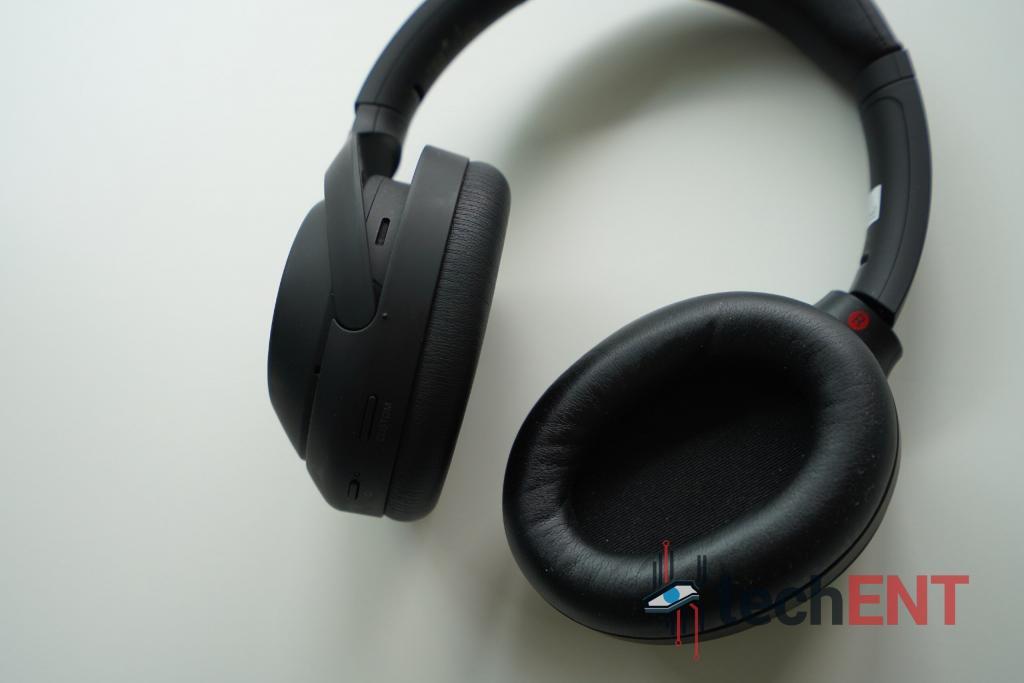
Of course, the whole point of a headphone is an audio experience. That is what this MYR 1,599 Sony WH-1000XM4 is all about, the aural experience. For that kind of money, you will not be disappointed with the Sony headphones.
An Aural Experience
It is a solid product no matter how you look at it for MYR 1,599. While the build is mostly plastic, most of the money goes into making the internals as good as it can be. You are looking at a 40mm driver that is capable of producing frequencies from as low as 4hz all the way to 40,000hz. Of course, what you hear depends on your own ears and the music format itself.
We tested most of our audio products with Tidal because it streams at 16-bit/44kHz quality. Spotify streams at half that. That also means that you get higher quality audio and more detailed audio from Tidal to work with.
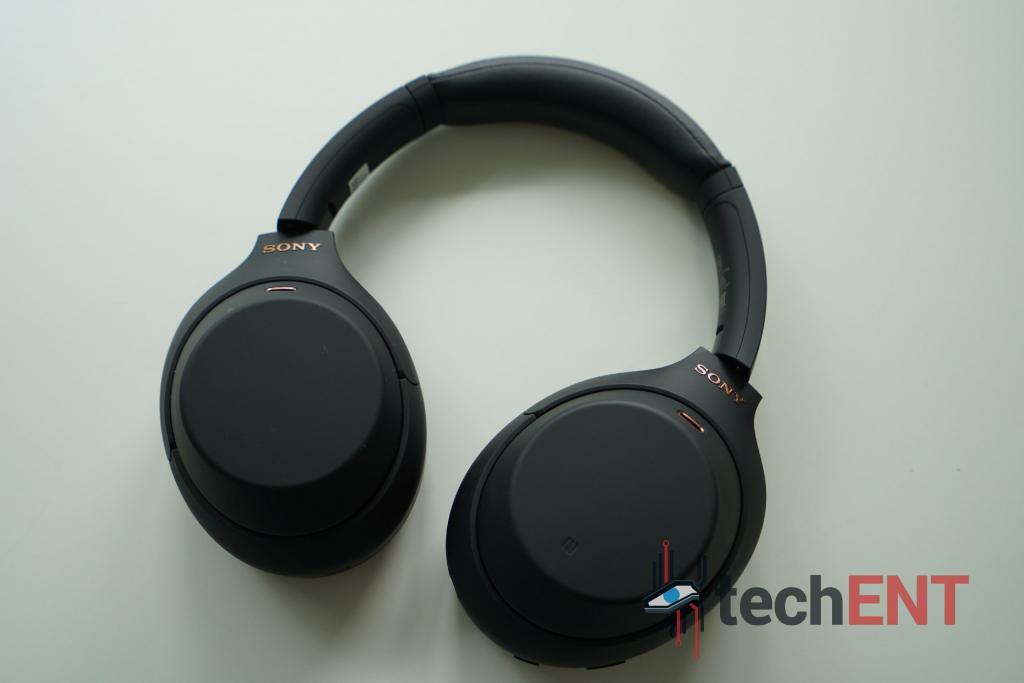
As with plenty of Sony audio products, we can safely say that the WH-1000XM4 produces a very balanced sound signature. Sound is detailed enough through all the frequencies. Some might say that it lacks lower frequency punch (bass) though, and that is also mostly a matter of preference. Still, the mid and high frequencies shine with detail and there is enough punch for us in the lower frequencies.
What it lacks in punch though, the Sony WH-1000XM4 makes up in detail. The lower frequencies forms with distinction, not just booms that you hear in your ear. You also have to keep in mind that too much lower frequencies can hurt your ears too. This will not do that.
The headphone gets pretty loud too on Bluetooth. If you plug it in though, depending on your source device, the headphone tends to be a little softer and less punchy. We do somehow find a bit more detail when you plug it in though. Just remember that you still need to use the battery if you want to use the Noise Cancelling function and DSEE Extreme.
Listening on the WH-1000XM4 can be very personal though. Via the app, you could also take a picture of your ears and let Sony tune the headphone to your ears. In that case, your friends might not get the same experience as you do on the headphone itself. Of course, the app also allows you to adjust your own equaliser to make it even more personal.
With the WH-1000XM4 as well you get the benefit of Sony’s 360 Reality Audio that gives you some spatial effect. Of course, not all streaming platforms have this feature. That is also why we refer to Tidal for our audio needs, they support the 360 Reality Audio feature.
Battery Life

Sony claims that the WH-1000XM4, like the WH-1000XM3, has 30 hours of continuous playback. That is technically longer than the world’s longest direct flight at 18 hours. We have not had the privilege to travel from Singapore to New York directly for that matter. No thanks to the pandemic situation too, travelling is rather limited to intercity travels by car. Which also means that we have not sat in an airplane for over a year now.
If we do though, we are glad that we have the WH-1000XM4. In our tests, we can assure you that it the headphones can last more than 20 cumulative hours of use. Of course, this also depends on how high or how low you set your volume to. We set our volumes to an average 70 to 75% most of the time and we mostly use it with our PC and smartphone wirelessly. In that regards, we only had to charge the headphone once in a week.
Call Quality
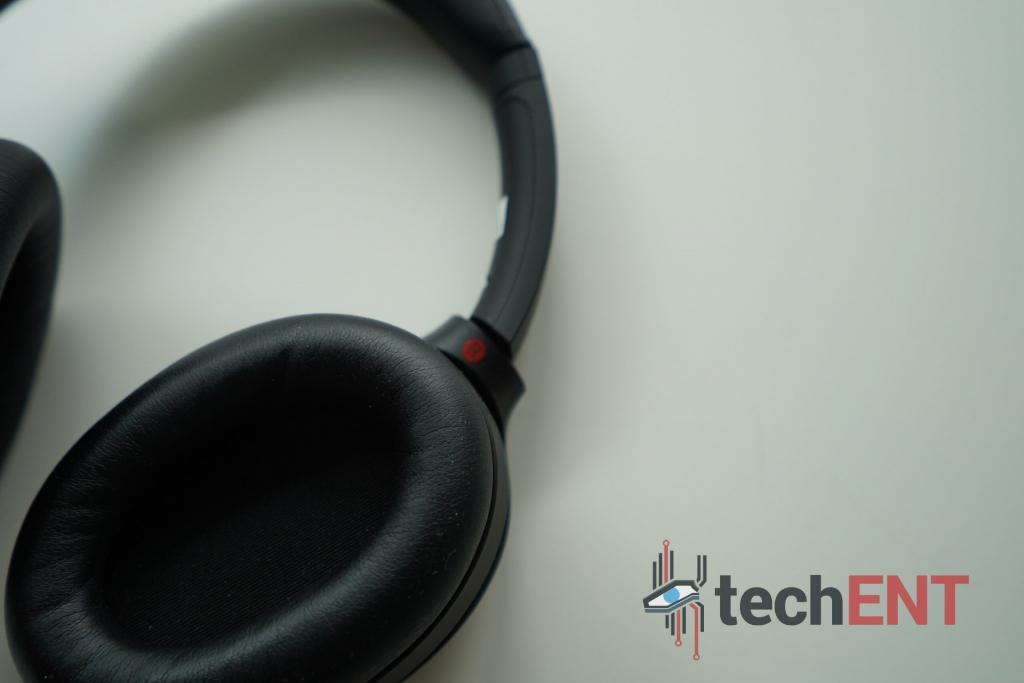
Of course, because we pair it to our smartphone as well, we use it to make phone calls from time to time. On PC as well, by default the headphone connects to the device as two separate devices and go into handsfree mode the moment you get into a conference call. This is also to prevent the headphone to go into talk-to-chat transparency mode.
In hands-free mode, or when you make a call, the audio gets a little distorted for some reason. It is not as bad as before where audio sounds tiny and extra distorted though. We just thought that it sounds a little sketchy at times and it could be a little better and clearer.
It is still convenient for you to just pick-up a call and tune everything else out. Whenever a call comes in, the headphone prioritises feed from the calls on your smartphone or your video conferencing tools first.
On the PC, you will hear the difference between conference calls made in hands-free mode and with hands-free mode turned off. It is night and day. You also want to keep in mind that if you want to use this headphone for multiplayer gaming (it is quite excellent for gaming too, if you must know), you really want to disable hands-free mode and Talk-to-Chat function.
The Sony WH-1000XM4 – Oh Yes!

We really like the Sony WH-1000XM4. They never really changed its design compared to its predecessor. To be fair, the design language has not changed all that much since their first iteration of the noise cancelling over-ear headphone series. Then again, why fix something that is not broken? That is also very Japanese, if we must say.
Issue with that is that ergonomics is the same and the touch controls are the same too. The touch controls are not exactly the Sony WH-1000XM4’s strongest suit. Thank goodness you have a smartphone app to control the headphone too. Of course, the app makes the WH-1000XM4 even more personal.
It is a slightly more comfortable headphone compared to the older WH-1000XM3. It is also better sounding and packs better active noise cancelling algorithm. We thought talk-to-chat function was something that would be a game changer, but we end up looking at it as more of a gimmick now instead.

So, if you are looking to spend a little bit more money for a headphone, the WH-1000XM4 is a good buy. We would recommend it very strongly. The problem only comes if you already own a WH-1000XM3.
To solve the problem, we would not recommend you change from your WH-1000XM3 to this new one. While all the small improvements may make it seem like the fourth-generation headphone from Sony holds a big gap over the WH-1000XM3, the improvements made in the areas that matter is not so much that the older generation headphones become obsolete. If you do want the latest and greatest though, who are we to say that you should not spend your money on the Sony WH-1000XM4?





